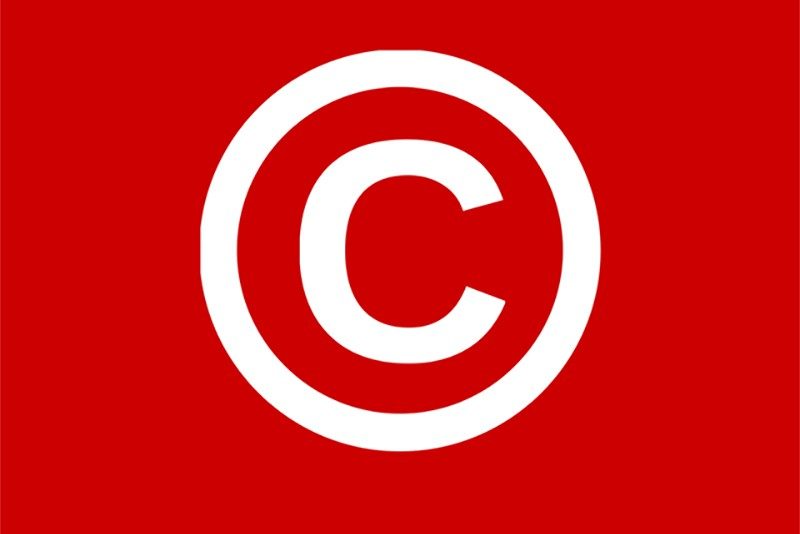Keeping your content library organized doesn’t just help your team work faster and smarter—it also helps you avoid the risk of violating copyright agreements.
PhotoShelter’s CEO Andrew Fingerman explains why organizations should make managing image rights a priority:
As companies rely on more distributed creative and marketing teams, the risk of a catastrophic PR event increases. Imagine a photographer with an enormous social media reach who is infringed by your company. In the past, there might be a law suit that gets a few paragraphs of coverage in your trade’s key publication. But nowadays, a single tweet by the photographer could give rise to a social media backlash that reaches millions of people.
5 ways to avoid copyright infringement while managing a DAM library:
Don’t make the same mistakes your peers have made by violating copyright agreements.
1. Image research and sourcing brand imagery
When you source photos, make sure to have a clear legal agreement with the photographer. If your organization works with a freelance photographer, you need to know what rights the photographer has granted your brand. Here are some key questions that all brands should ask photographers to address in a usage rights agreement before the photos are used: 1) Where are you allowed to share the photo? 2) Is usage restricted to one project, or are you allowed to use the photo in any project you want? 3) Are you allowed to license the photo? All of these questions should be answered in your usage rights agreement with the photographer.
2. Adding images to your library
When you add photos to your library, make sure they are tagged with metadata crediting the photographer and any usage rights information. The bare minimum metadata should always include the photographer’s name, but other useful information to include would be the photographer’s contact information and indicators for when you are allowed to use the photo. For instance, let’s say you find the photo in an archive a year later —checking to see if the metadata indicates that you can use the photo in print, but you don’t have permission to use it online can save you from getting sued. If you have the photographer’s contact information, you can quickly reach out to them to negotiate a new contract that expands permission to use the photo online, as well.
3. Storing images
Make sure your library is secure and protects your visual assets. When you use a photo-sharing site like Flickr which doesn’t have solid security features, you run the risk of having a photo stolen from your library. Plus, if the photo gets misused, your organization could be liable. Avoid choosing cheaper, unreliable cloud-storage platforms, and do your research to invest in the best DAM around.
4. Accessing and using images in original content
When the time comes to use a photo, make sure you have a system that allows you to easily access the usage rights information. This will help to ensure you are using the image according to your agreement. Preserving copyright information within an image’s metadata will help anyone who has access to the image understand the image usage rights, no matter how long ago the photo was taken. Plus, turning on license alerts for certain images can help your organization avoid the risk of using an image after the license or agreement has expired (which could result in a costly lawsuit and a PR disaster).
Related Stories: 5 Examples of Image Copyright Battles Between Creators and Brands.
5. Sharing images
When you share images, make sure you’re using them only in the ways explicitly outlined by your usage agreement. If a photographer has only given you permission to use a photo for a single project, don’t use it indiscriminately for a range of other purposes. If you want to use the photo for other projects, reach out to the photographer personally, and negotiate a new agreement. Going about using an artist’s work the legal way will protect your brand from lawsuits, and encourage talented photographers to work with you again. Plus, it can protect your organization’s reputation. As PhotoShelter’s CEO Andrew said above, “a single tweet by the photographer could give rise to a social media backlash that reaches millions of people.” Do the right thing, and avoid a PR nightmare by knowing and managing your asset’s rights.
Once your brand’s official image rights and usage agreements are drafted, make your content even more impactful by trying the innovative marketing tactics in the guide below.



